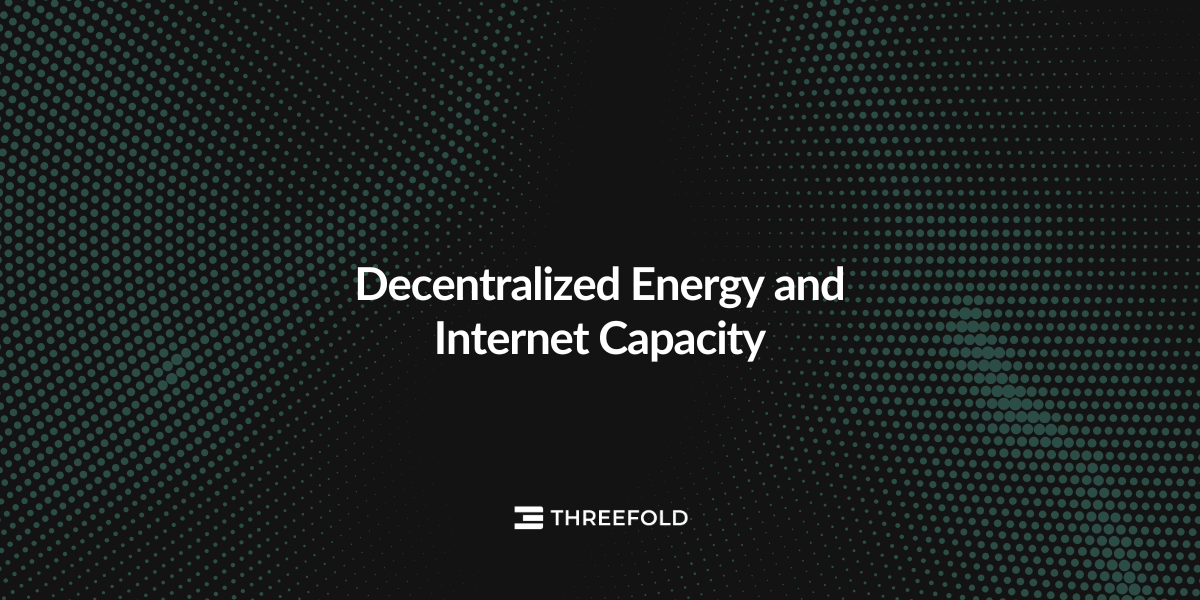Exploring the Parallels Between Decentralized Energy and Internet Capacity
Read how the decentralization of the energy and internet industries are empowering individuals and communities.

This article was originally published by Emilie Ouwerx, a former member of the ThreeFold team.
In recent years, we’ve witnessed a transformation in how energy is generated and distributed, marking a shift towards a more sustainable and democratic system. This change has been most notable in the transition from centralized energy production, particularly nuclear power, to decentralized solar energy. The latter empowers individuals and communities to produce their energy locally, an alternative to the traditional approach to power generation.
Similarly, the Internet landscape, typically dominated by massive data centers and centralized servers, is experiencing a shift towards decentralization. These movements share a common ethos to empower individuals and communities.
🔗The Rise of Decentralized Solar Energy
Decentralized solar energy has transformed the landscape of power generation. Unlike the centralized model, where nuclear power plants are often miles away from the end-users and controlled by large corporations or government bodies, solar energy allows for energy production right where it’s needed—at home or within the community.
By installing solar panels on rooftops or creating local solar farms, individuals can capture the sun’s energy directly. This shift not only reduces our dependency on distant power plants and the complex grid systems but also mitigates the risks associated with them.
This localized energy production model enhances sustainability by tapping into an inexhaustible natural resource and encourages a more environmentally conscious and self-sufficient society. It signifies a move away from the centralized, traditional systems of energy production, returning power to the people and prioritizing the planet’s well-being.

🔗ThreeFold: Pioneering a Decentralized Digital Future
Parallel to the energy sector’s evolution, the digital world is also undergoing a transformation, led by innovative platforms like ThreeFold. Just as decentralized solar energy provides an alternative to the centralized power generation model, ThreeFold is reshaping the cloud computing landscape with its autonomous edge cloud.
ThreeFold’s model deviates from the norm, where cloud services are dominated by a few massive data centers. Instead, we depend on our global network of independent nodes set up by individuals and businesses to contribute their own computing and storage resources to the cloud. This approach democratizes access to cloud resources, bolstering data privacy, security, and resilience against potential outages or cyberattacks.
Beyond merely disrupting the existing model, ThreeFold aims to foster a more sustainable, efficient, and user-centric internet. Distributing decentralized infrastructure worldwide reduces the environmental footprint associated with large data centers and promotes fairer internet resource distribution.

Both the shift towards decentralized solar energy and ThreeFold’s revolutionary approach to cloud computing reflect a broader movement towards decentralization. This movement is not just about bringing alternatives to existing systems but about creating a more inclusive, resilient, and sustainable future for all.

